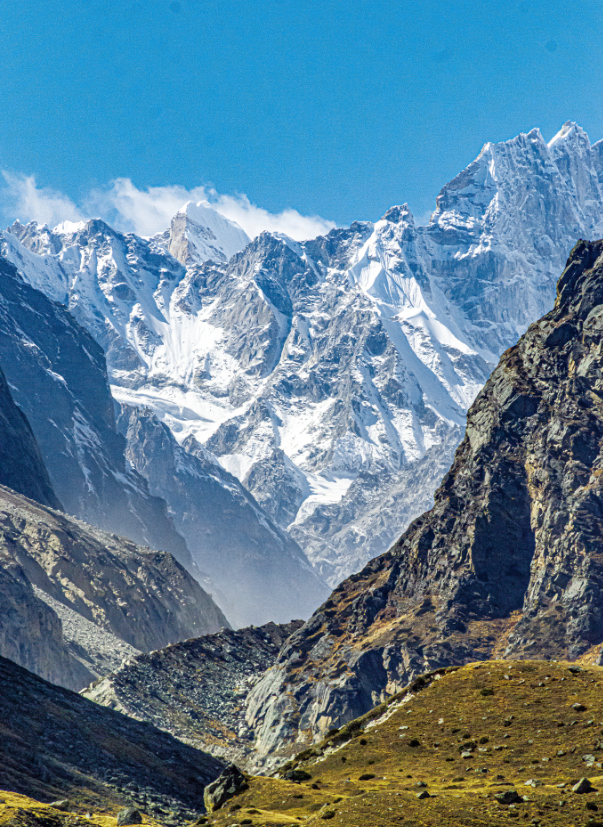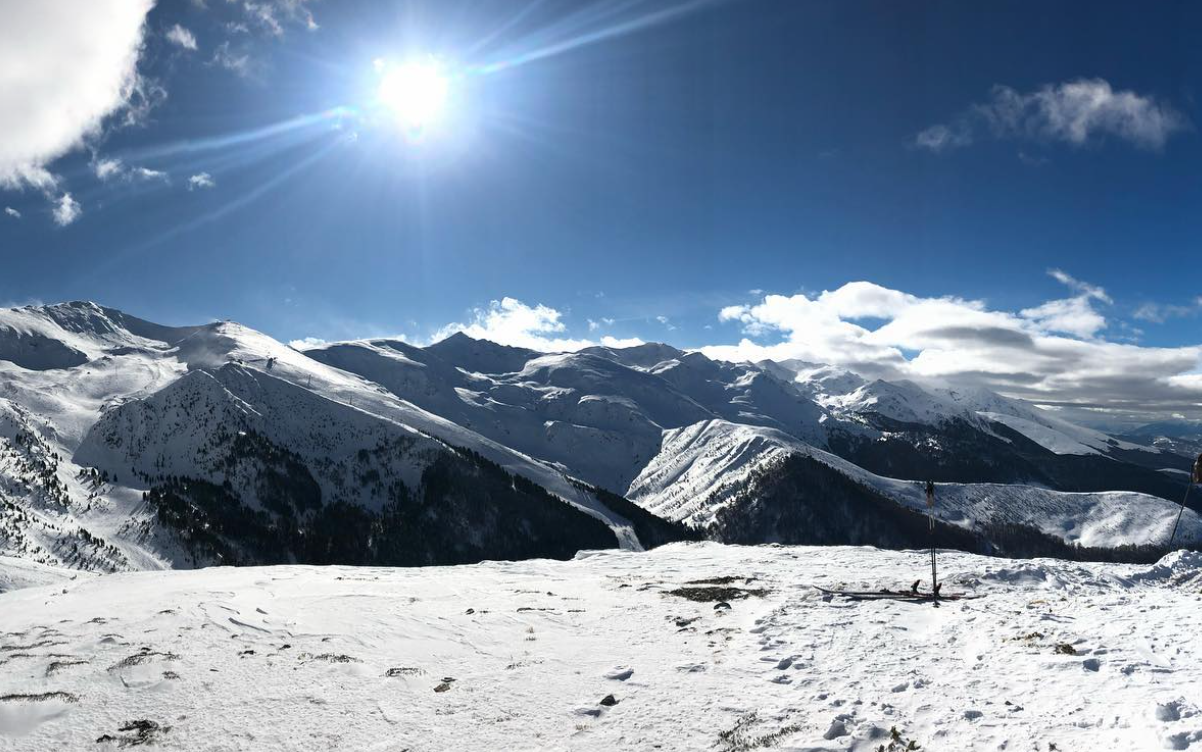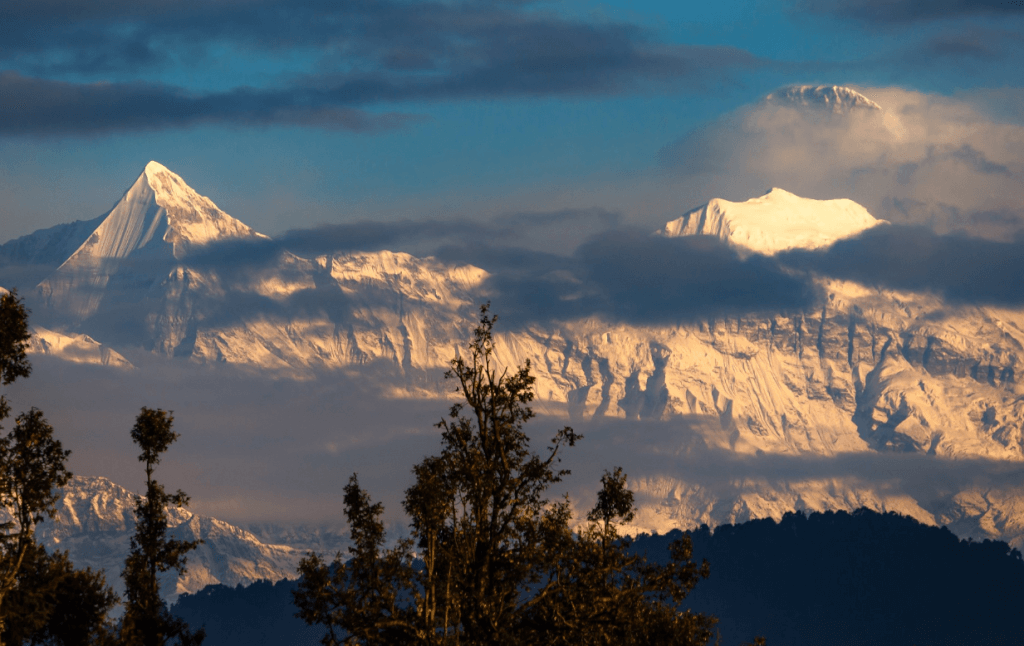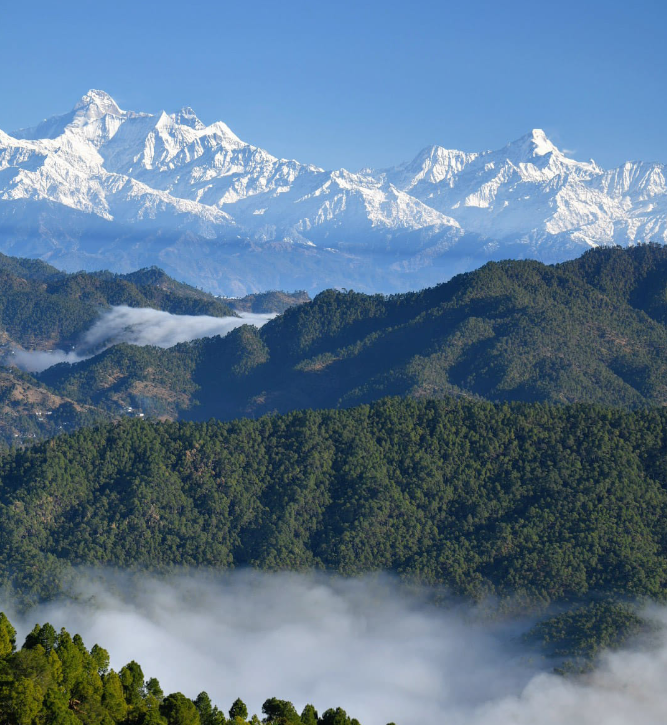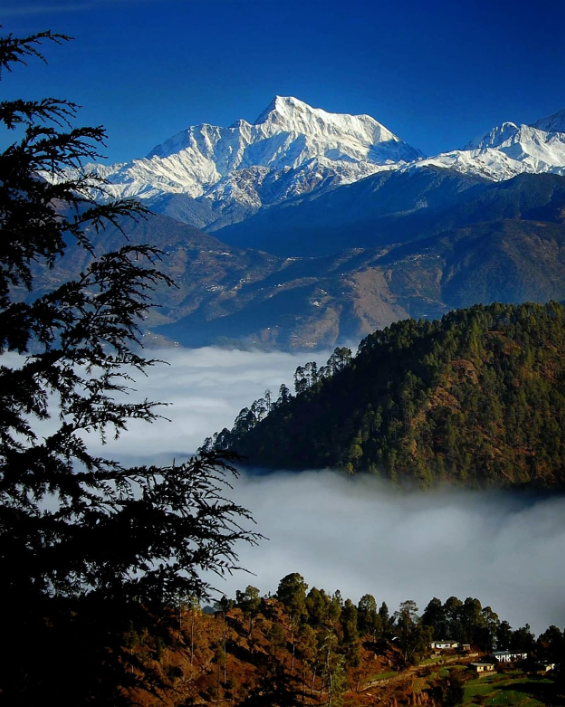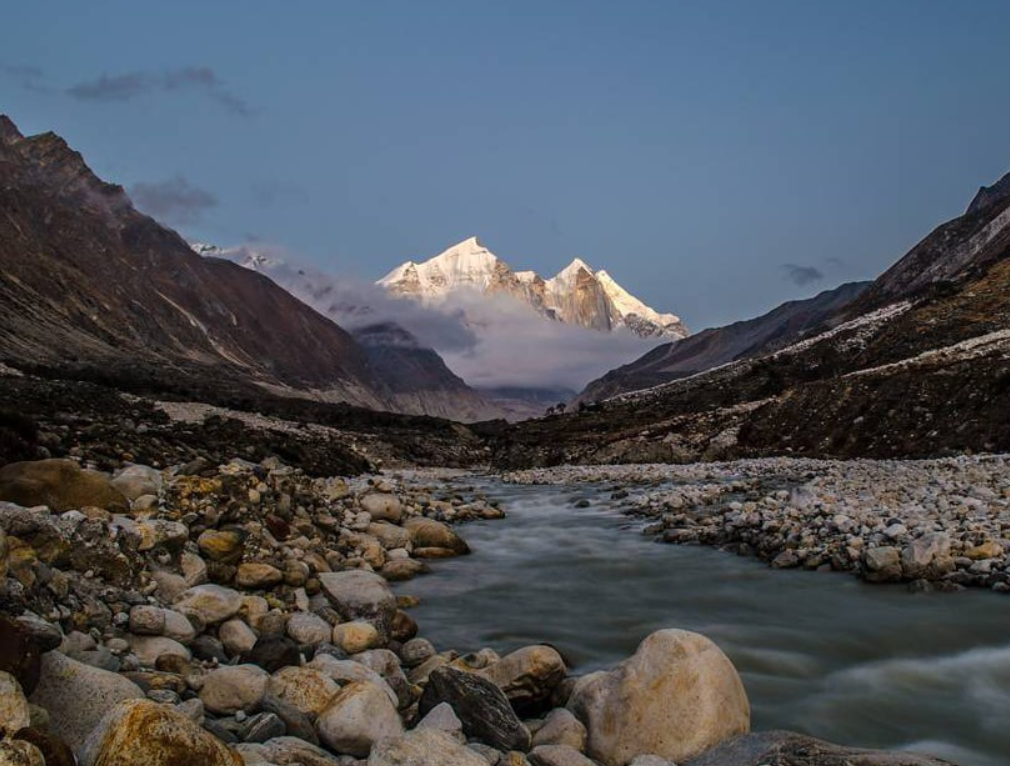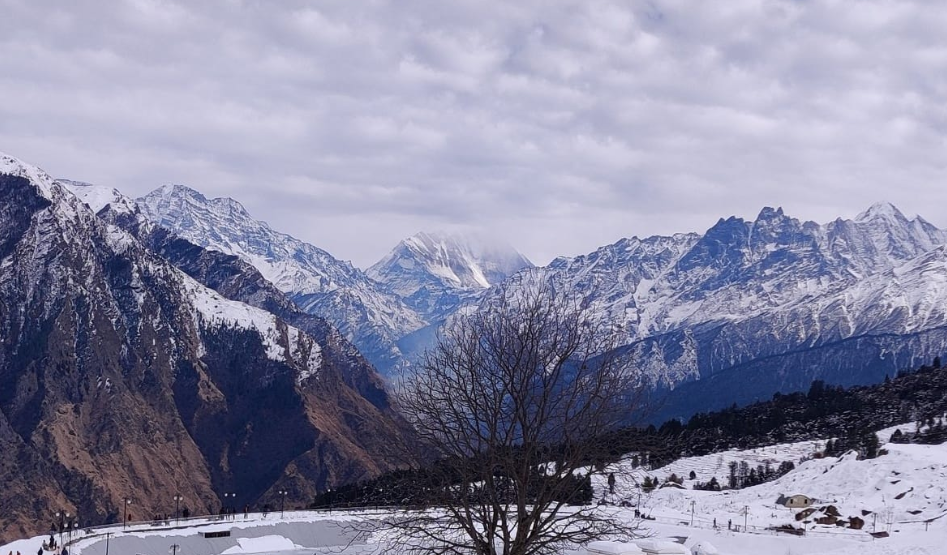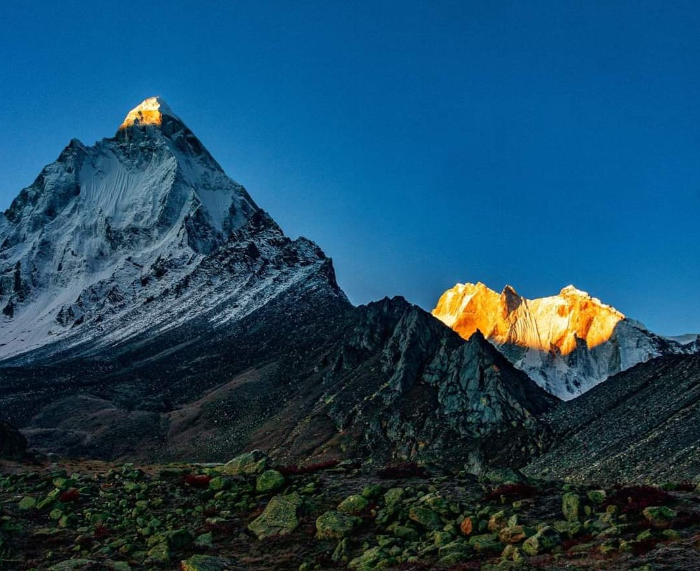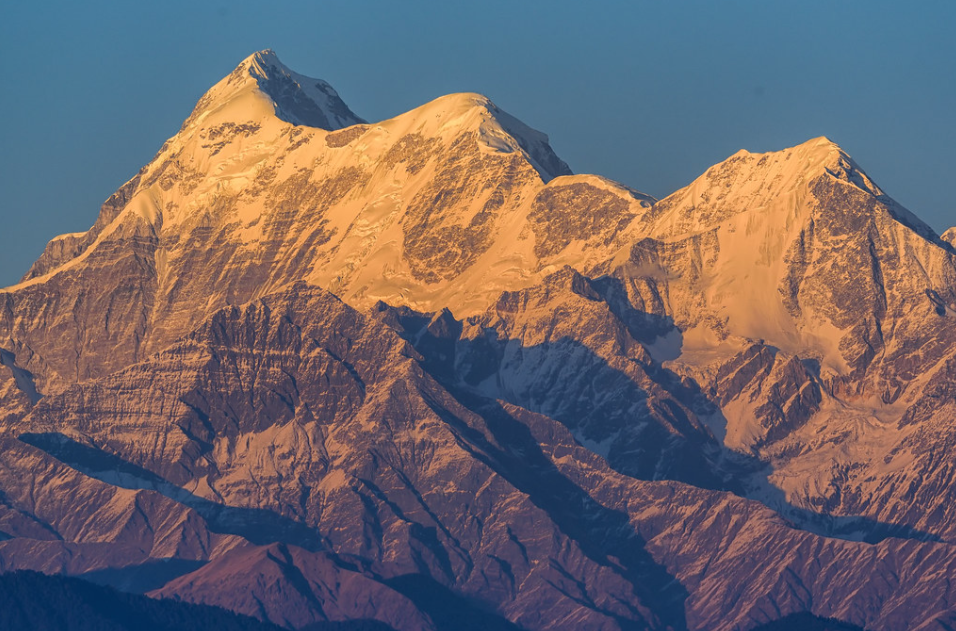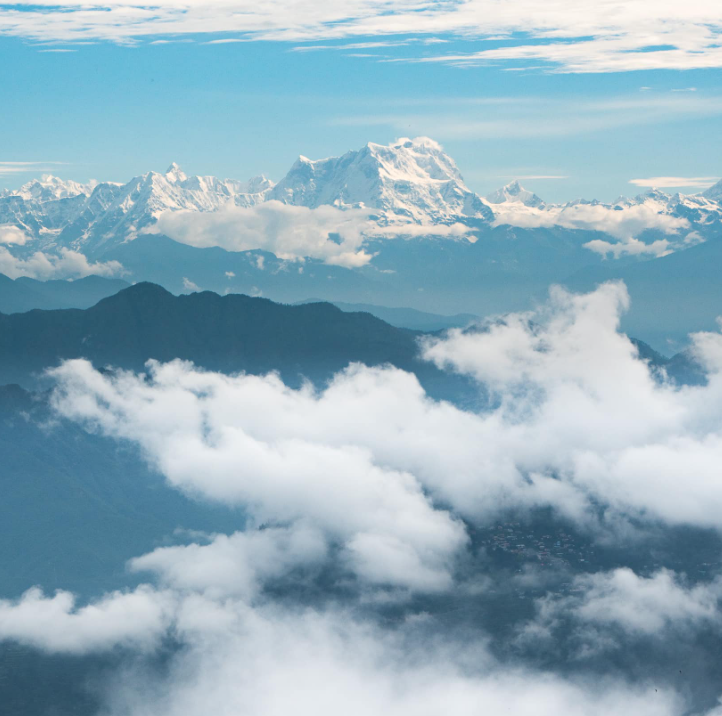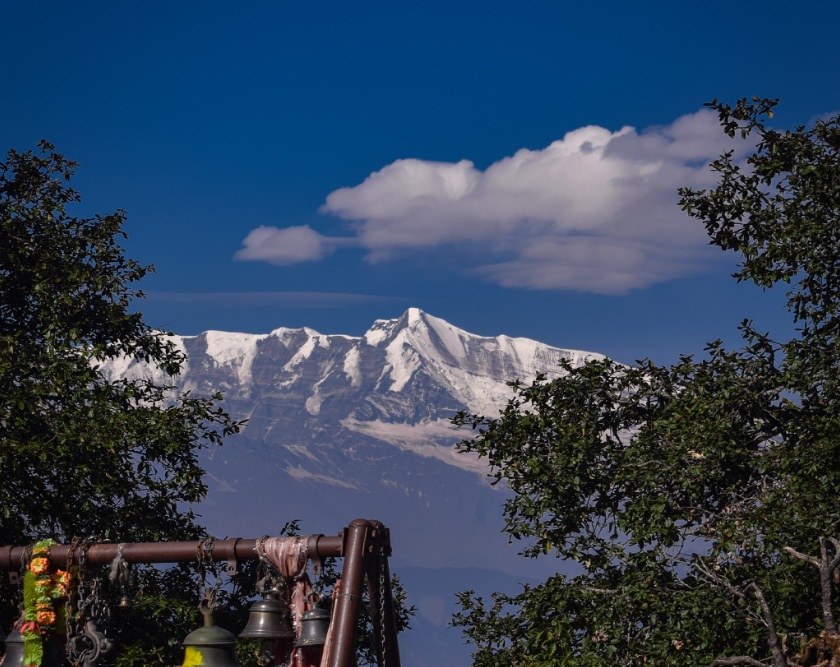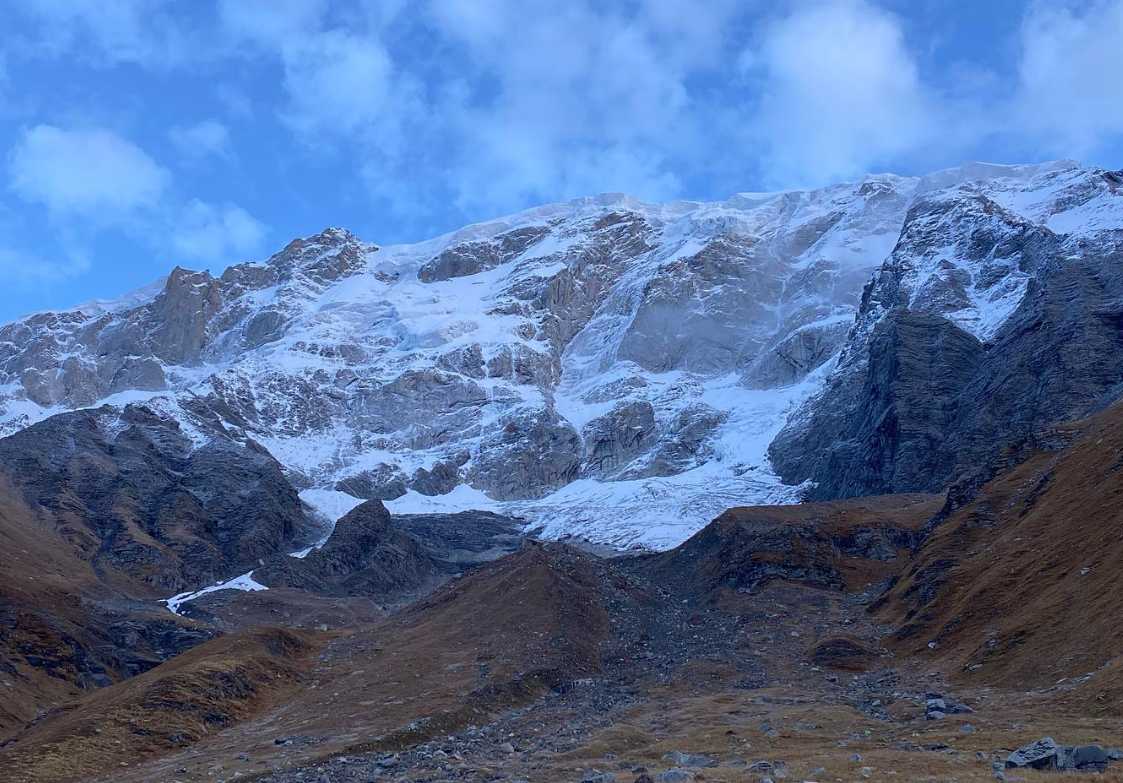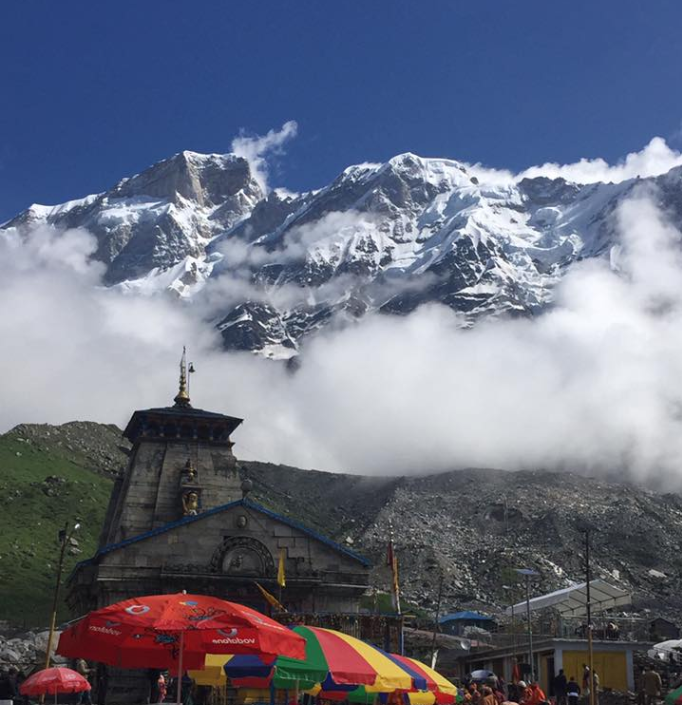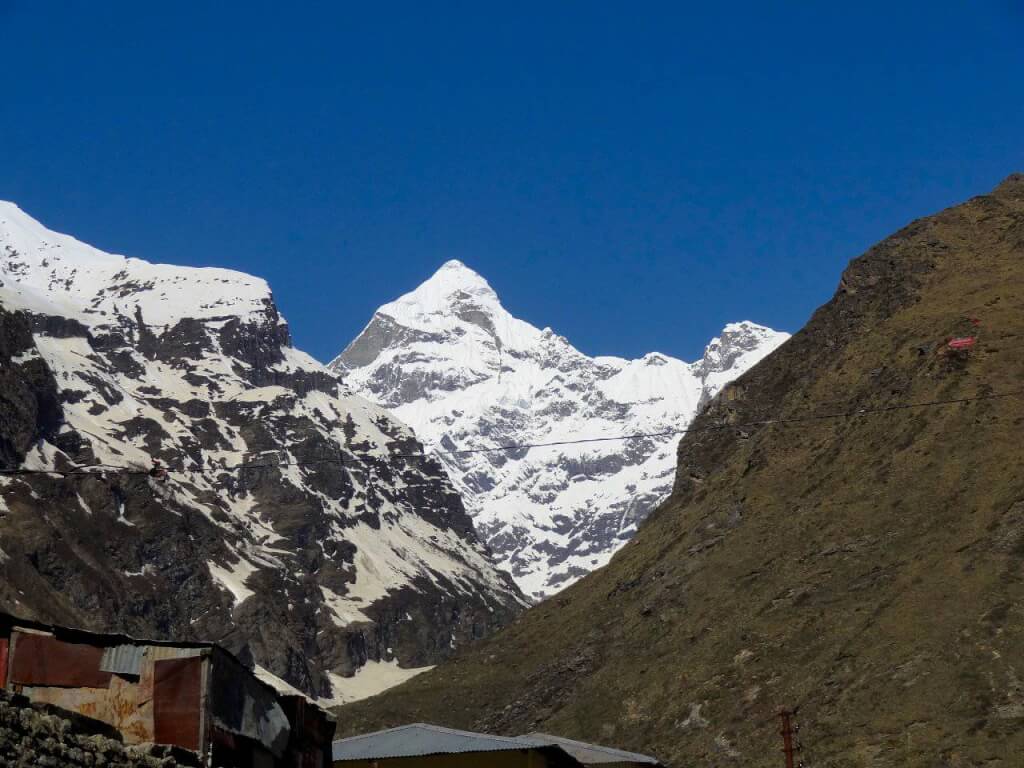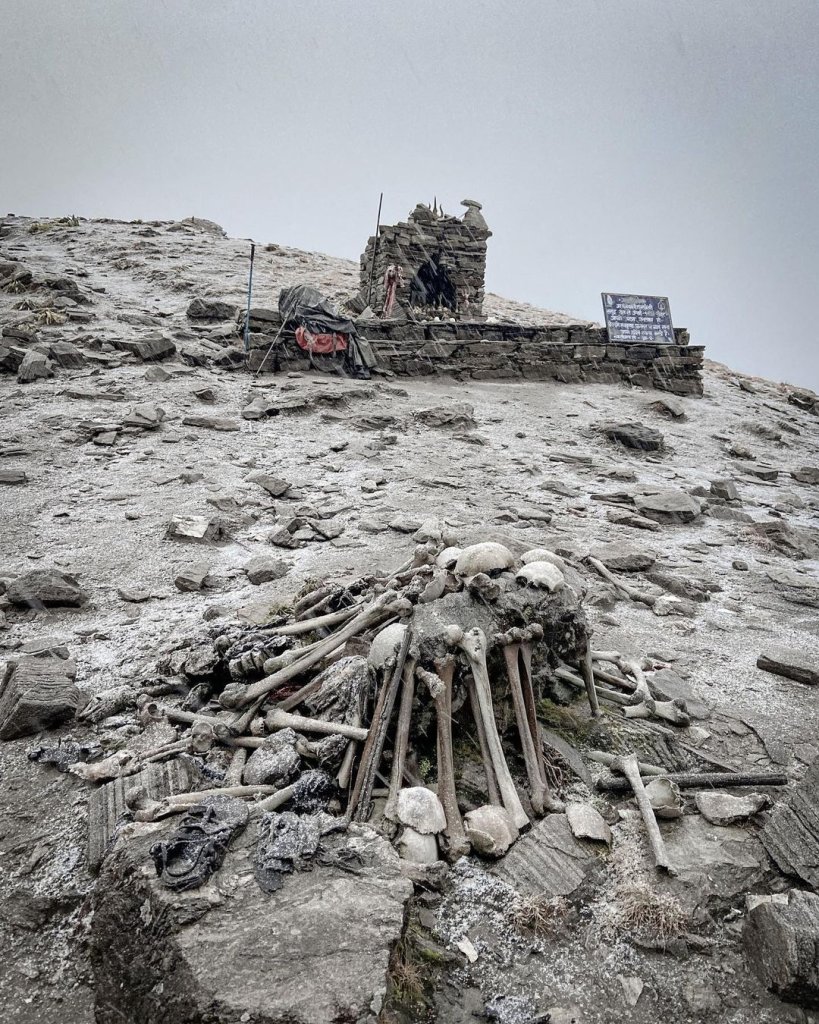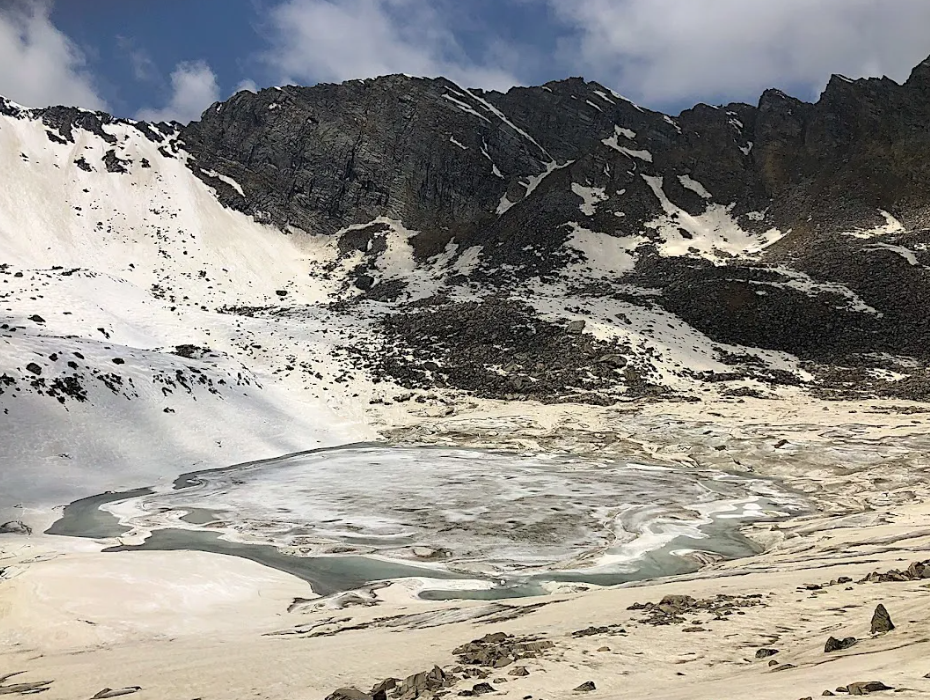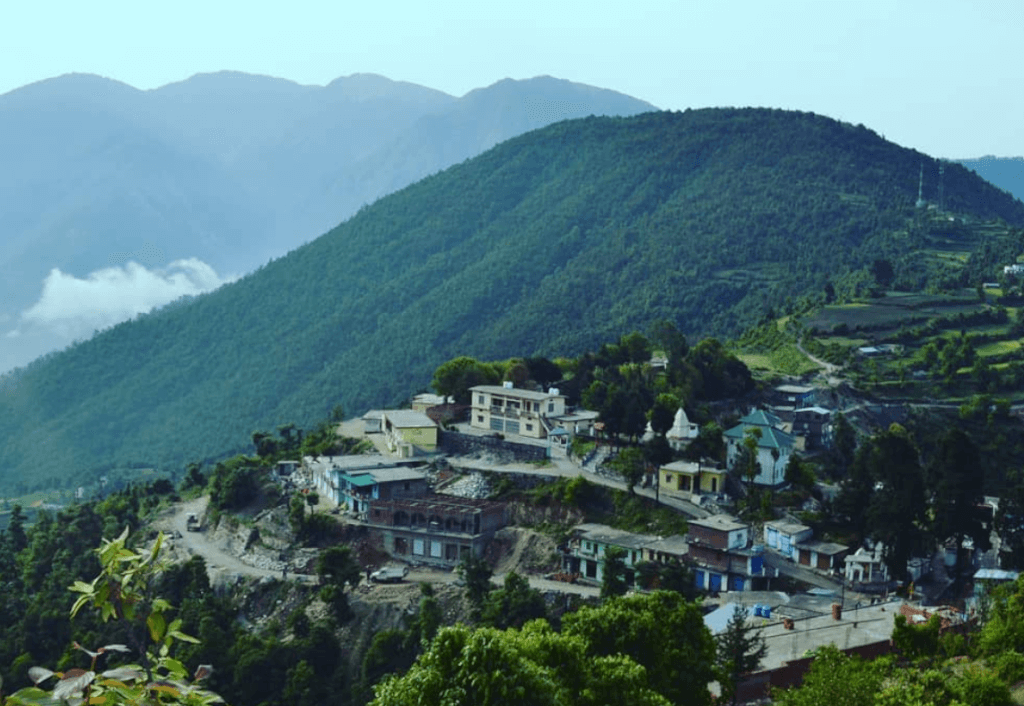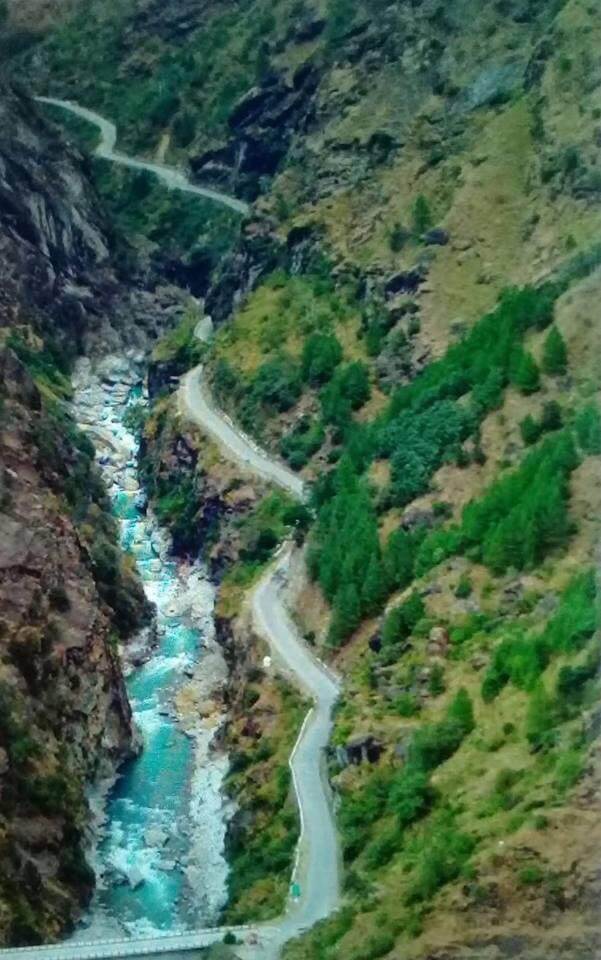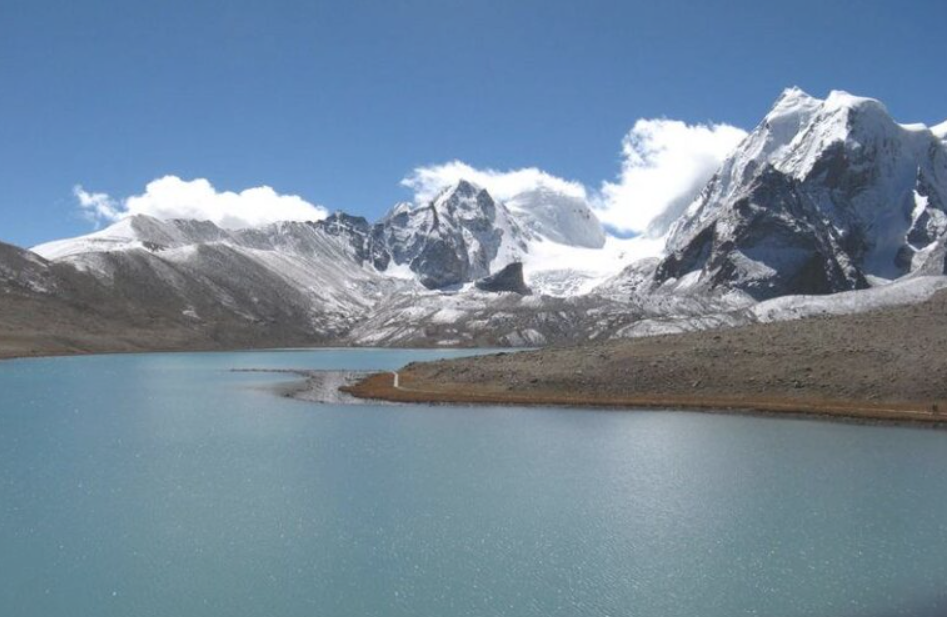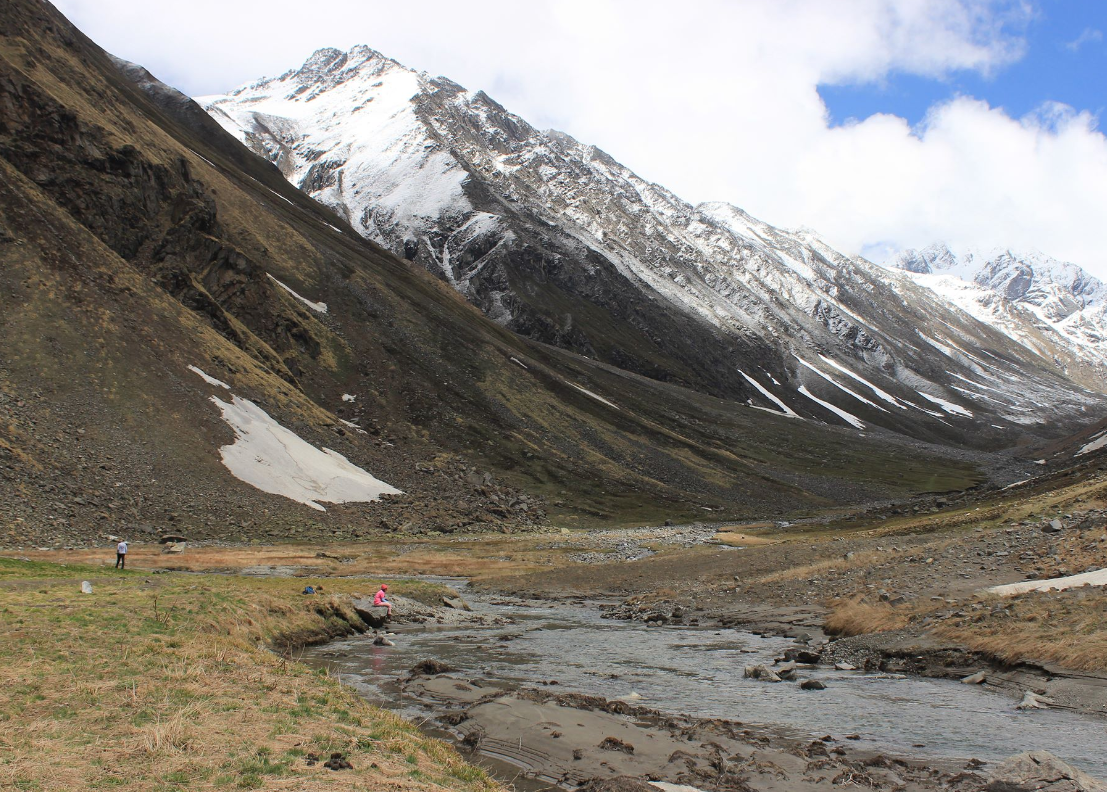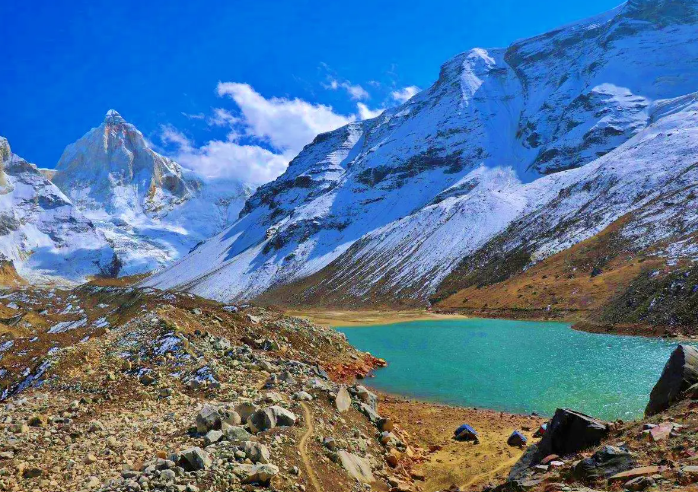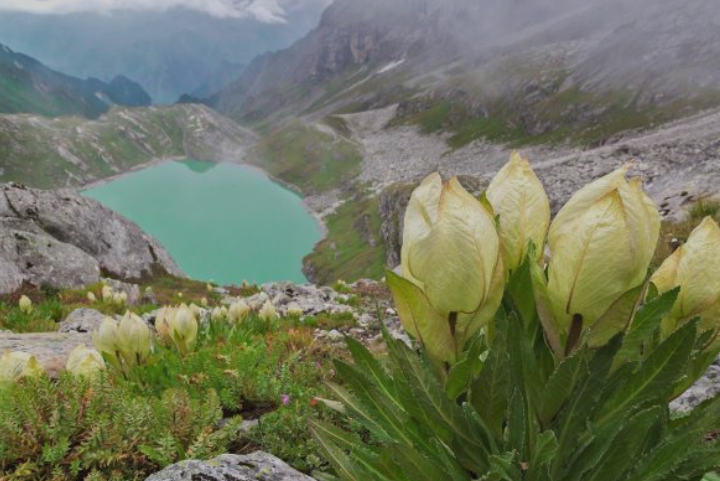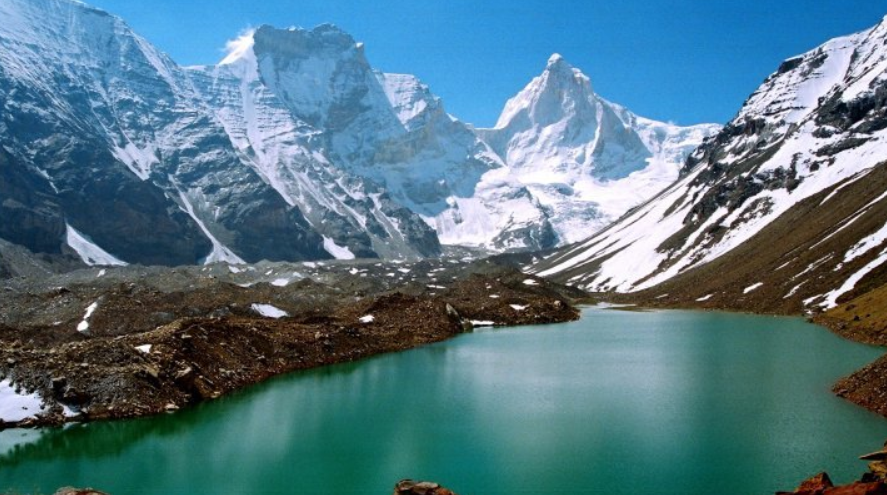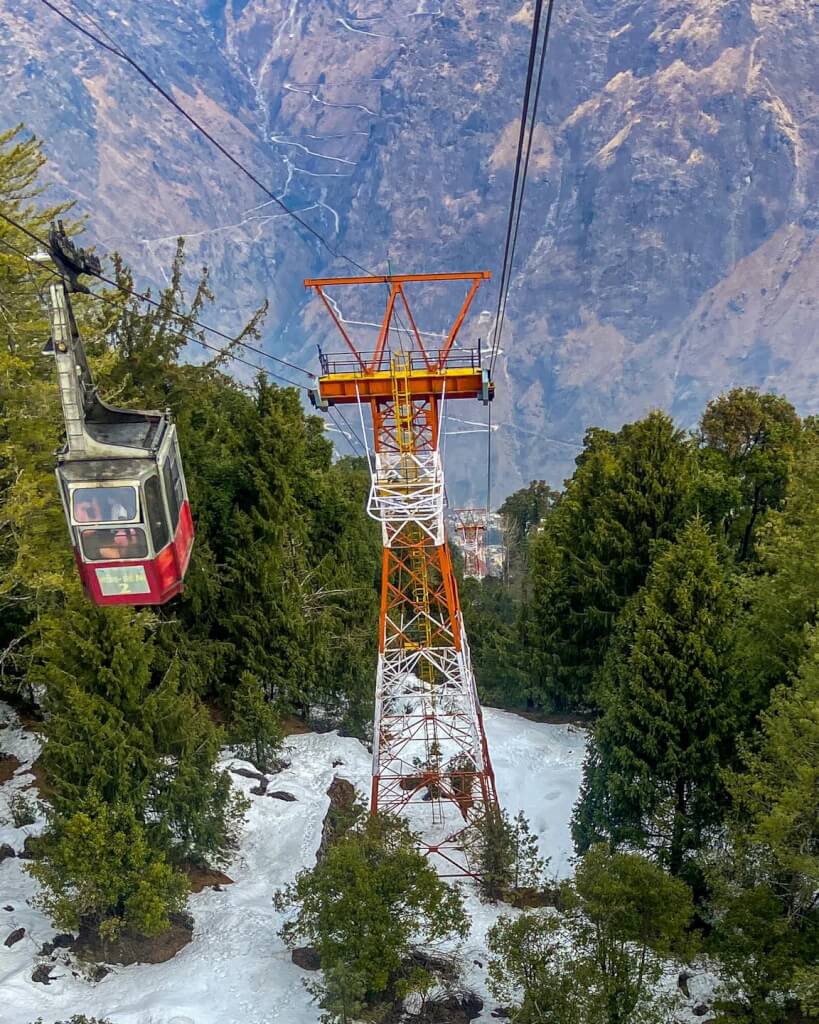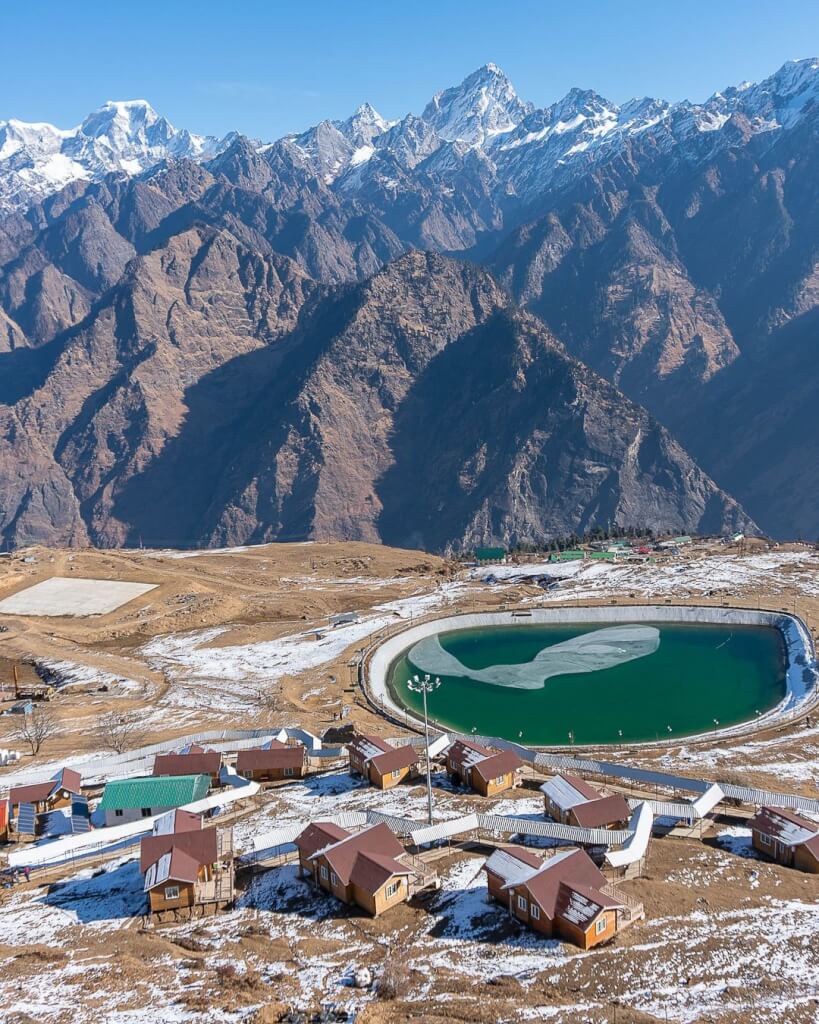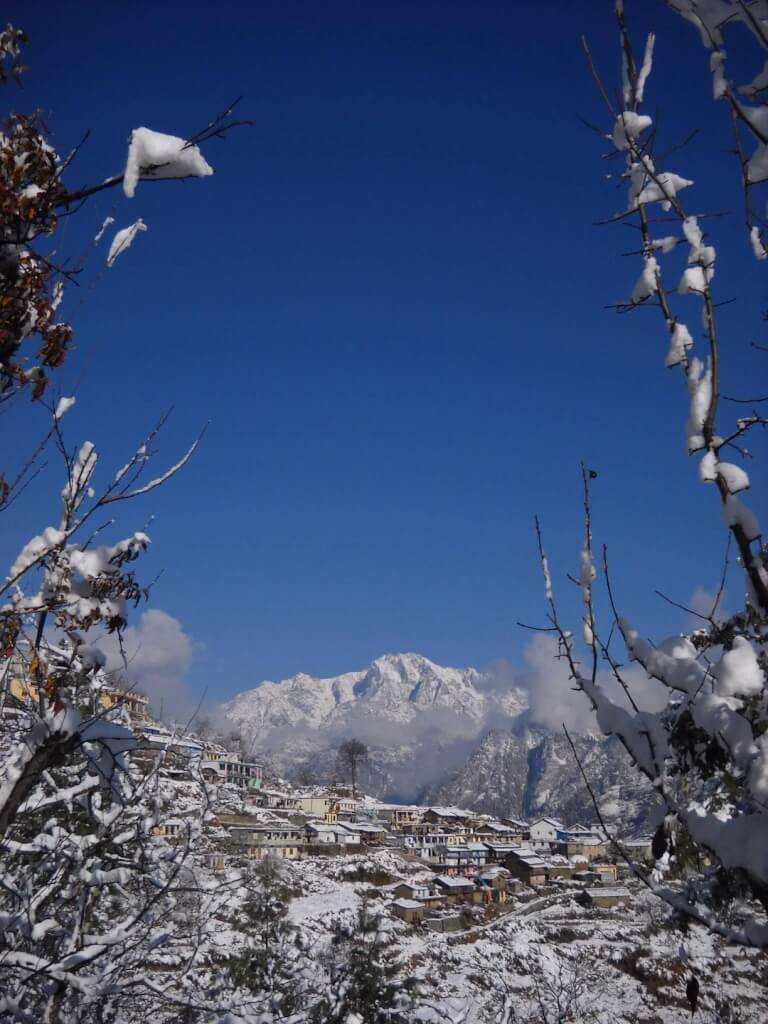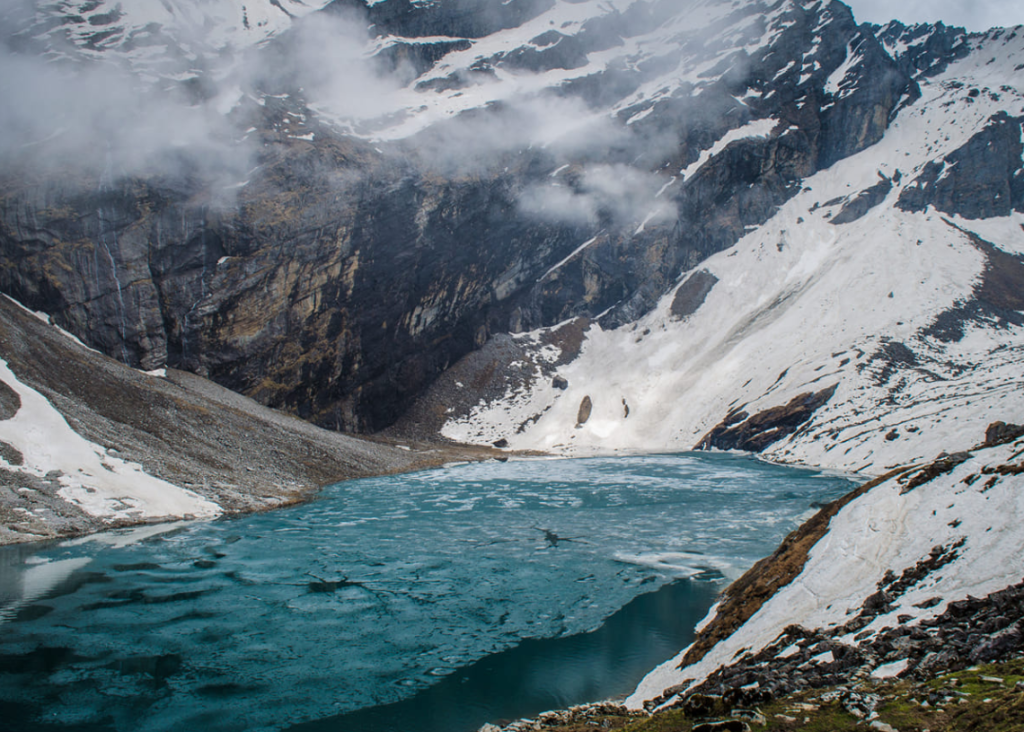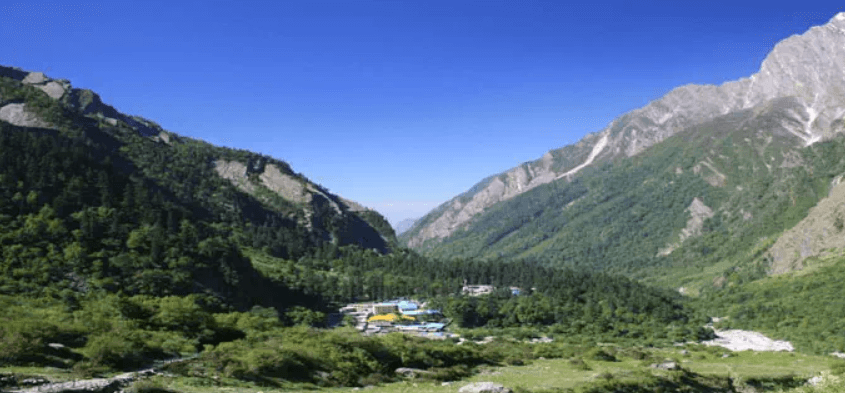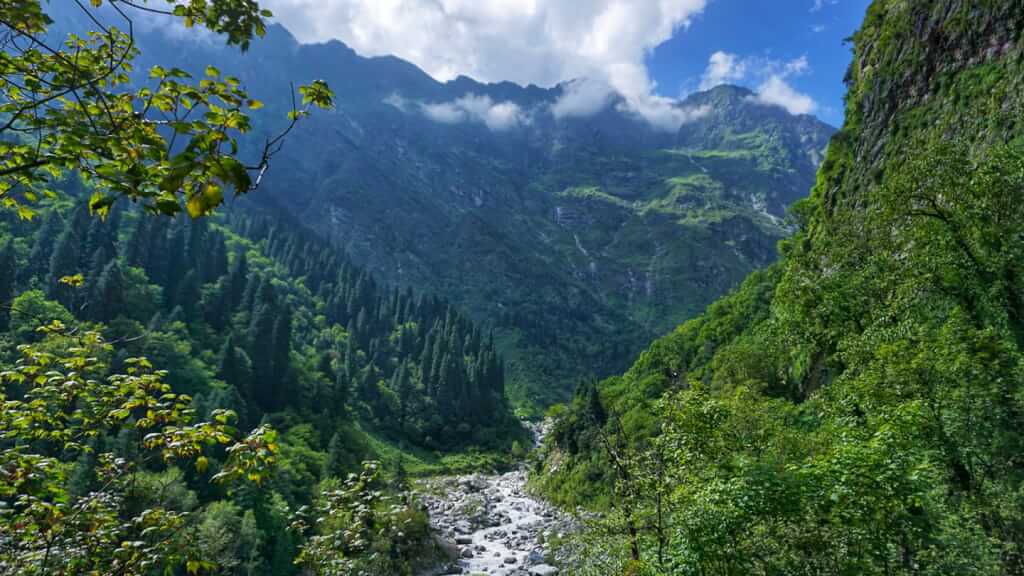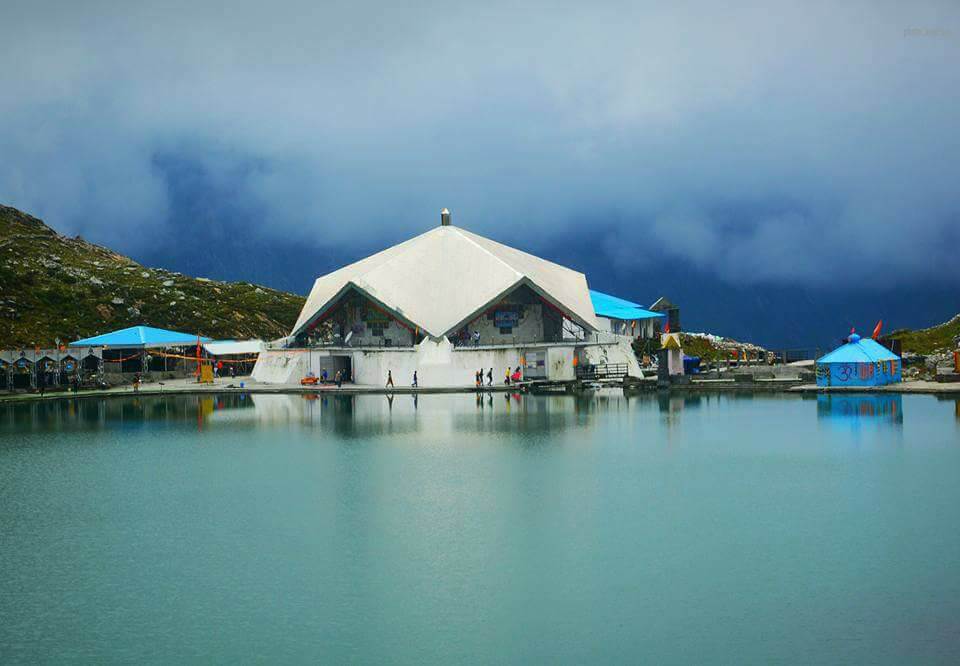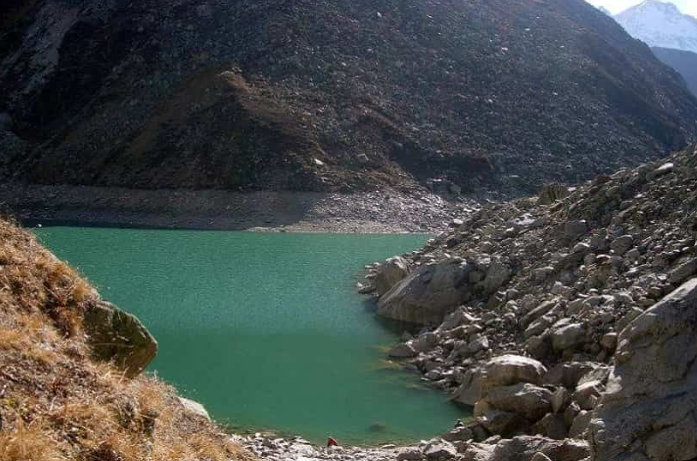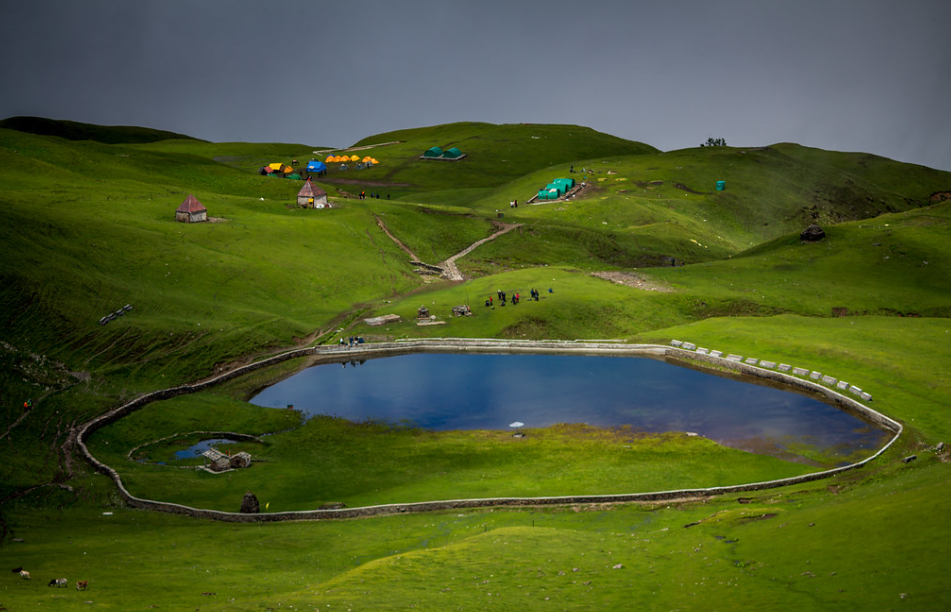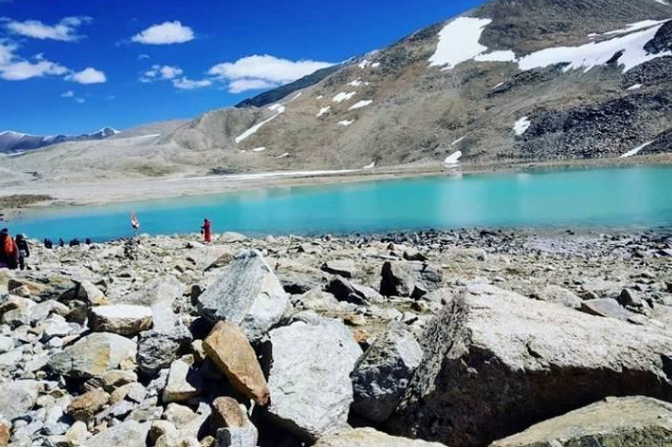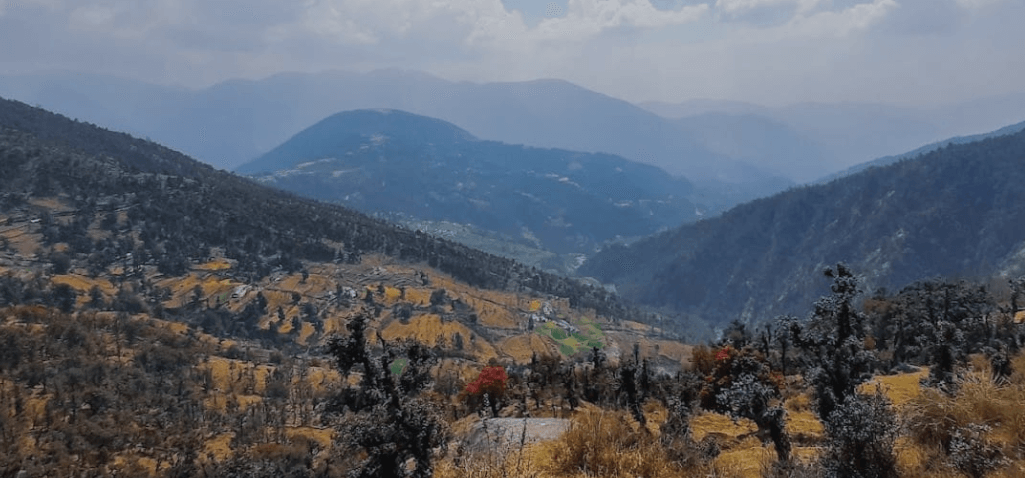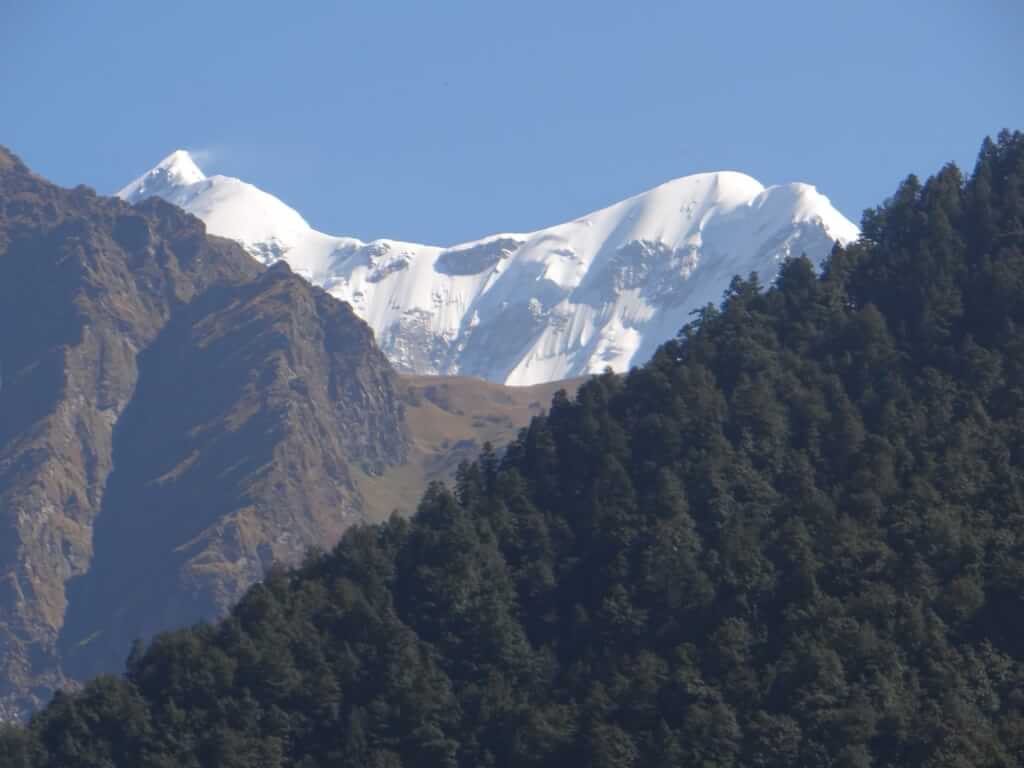Nanda Devi is a significant mountain peak located in the Indian state of Uttarakhand, part of the Garhwal Himalayas. It’s the second-highest mountain in India, standing at an impressive elevation of 7,816 meters (25,643 feet) above sea level. The name Nanda Devi is derived from Hindu mythology, where Nanda is associated with the Goddess Parvati, and Devi means goddess.
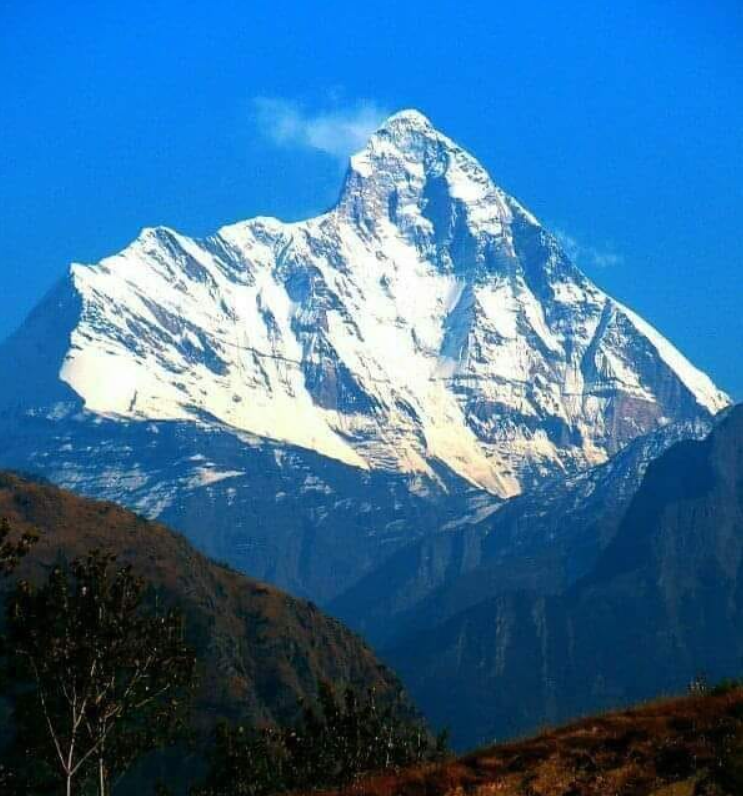
| Location | Chamoli |
| Parent range | Garhwal Himalayas |
| Altitude | 7,816 meters (25,643 feet) |
| First ascent | In 1936 by a British team led by T.H. Tilman and Noel Odell |
| Best time to visit | May, Jun, Sep, Oct |
History Related to Nanda Devi
Nanda Devi holds significant cultural, historical, and religious importance in India, particularly in the state of Uttarakhand. Here are some historical aspects related to Nanda Devi:
Religious Significance: Nanda Devi is one of the highest peaks in India and holds immense religious significance in Hinduism. It is considered to be the abode of the goddess Nanda Devi, who is believed to be an incarnation of Goddess Parvati, the consort of Lord Shiva. The Nanda Devi Raj Jat Yatra, a famous pilgrimage, takes place every twelve years in Uttarakhand, where devotees trek to the Nanda Devi Temple.
Exploration and Mountaineering History: Nanda Devi was one of the last major Himalayan peaks to be climbed. The first successful ascent to the summit of Nanda Devi was made in 1936 by a British team led by Eric Shipton and H.W. Tilman. The mountain remained closed to climbers for many years afterward due to its sacred status and ecological sensitivity.
Nanda Devi Sanctuary: The Nanda Devi Sanctuary, located in the vicinity of the peak, is a glacial basin surrounded by towering peaks, including Nanda Devi itself. It was declared a UNESCO World Heritage Site in 1988 for its outstanding natural beauty and biodiversity.
Ecological Conservation: The Nanda Devi Biosphere Reserve, established in 1982, encompasses the Nanda Devi National Park and the Valley of Flowers National Park. These protected areas are crucial for the conservation of diverse flora and fauna, including many endangered species.
Overall, Nanda Devi’s history intertwines spirituality, exploration, conservation efforts, and even geopolitical intrigue, making it a fascinating subject of study and reverence.
Peaks of Uttarakhand
Mana Peak
Mana Peak, located in the Uttarakhand region of India, is a majestic mountain nestled in the Himalayas. Standing at 7,274…
Abi Gami
Abi Gami peak, also known as Abi Gamin, is a prominent mountain peak located in the Chamoli district of the…
Nanda Khat
“Nanda Kot” is a prominent peak located in the Kumaon region of the Indian state of Uttarakhand. It is part…
Nanda Kot
Nanda Kot is a mountain peak located in the Kumaon Himalayas of Uttarakhand, India. It is part of the Greater…
Nanda Ghunti
Nanda Ghunti is a prominent peak located in the Garhwal region of the Indian state of Uttarakhand. It’s part of…
Bhagirathi Peak
Bhagirathi Peak is a prominent mountain peak located in the Garhwal Himalayas of Uttarakhand, India. It is part of a…

